Tourist Attractions in Oslo, Norway
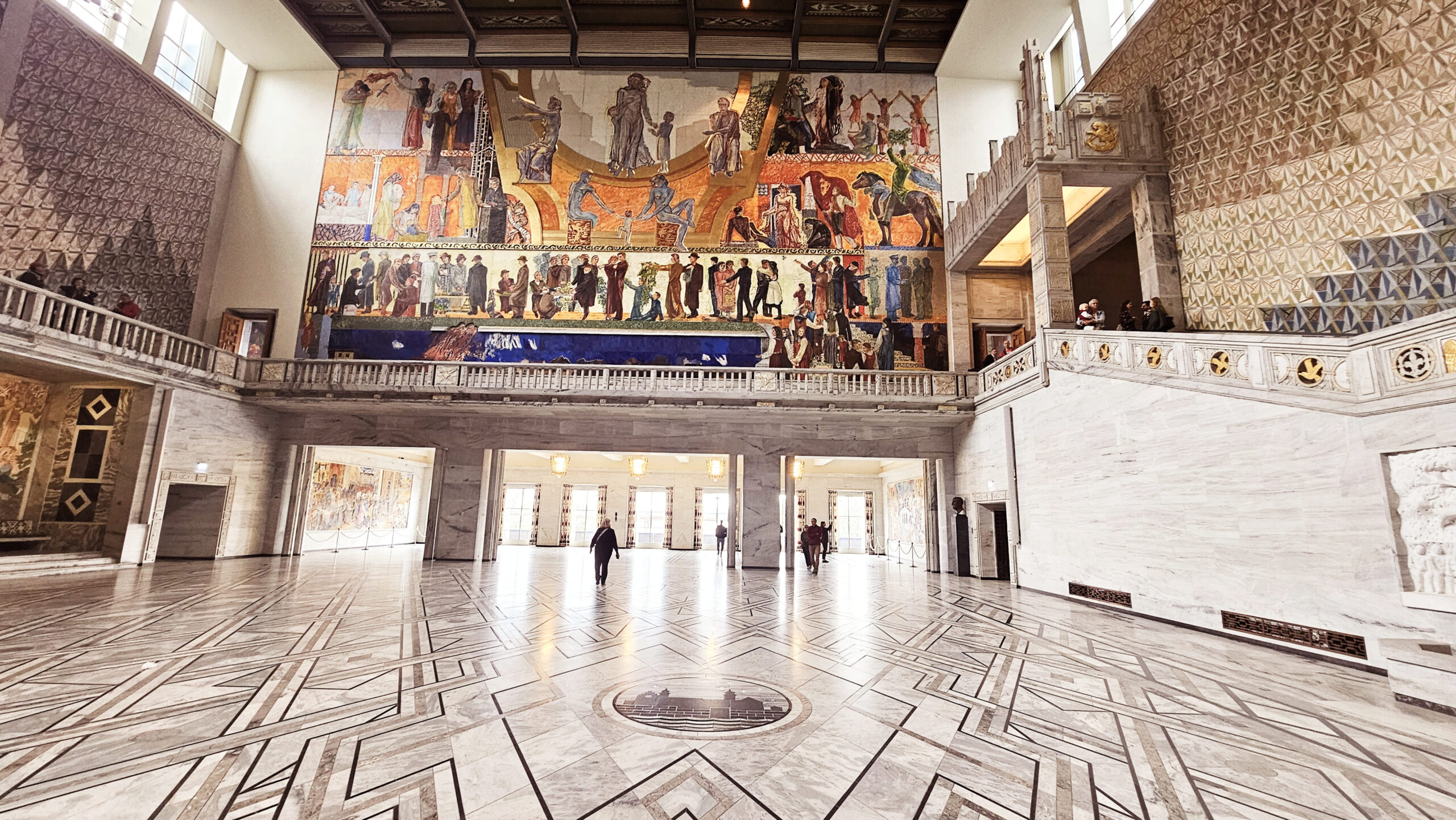
I had the pleasure of visiting Oslo, the capital of Norway and I cannot wait to show you the tourist attractions that I visited.
Oslo City Hall
Let’s begin. My first stop is the Oslo City Hall. You can’t miss this place when in Oslo. It is a massive building that dominates the city’s skyline. But more than its outward appearance, what is more interesting is what lies inside. Did you know? This very building is the venue for the prestigious Nobel Peace Prize ceremony that is held every December yearly and the event takes place in the grand hall. Make sure you add the Oslo City Hall to your bucket list. And guess what, it is free to visit.
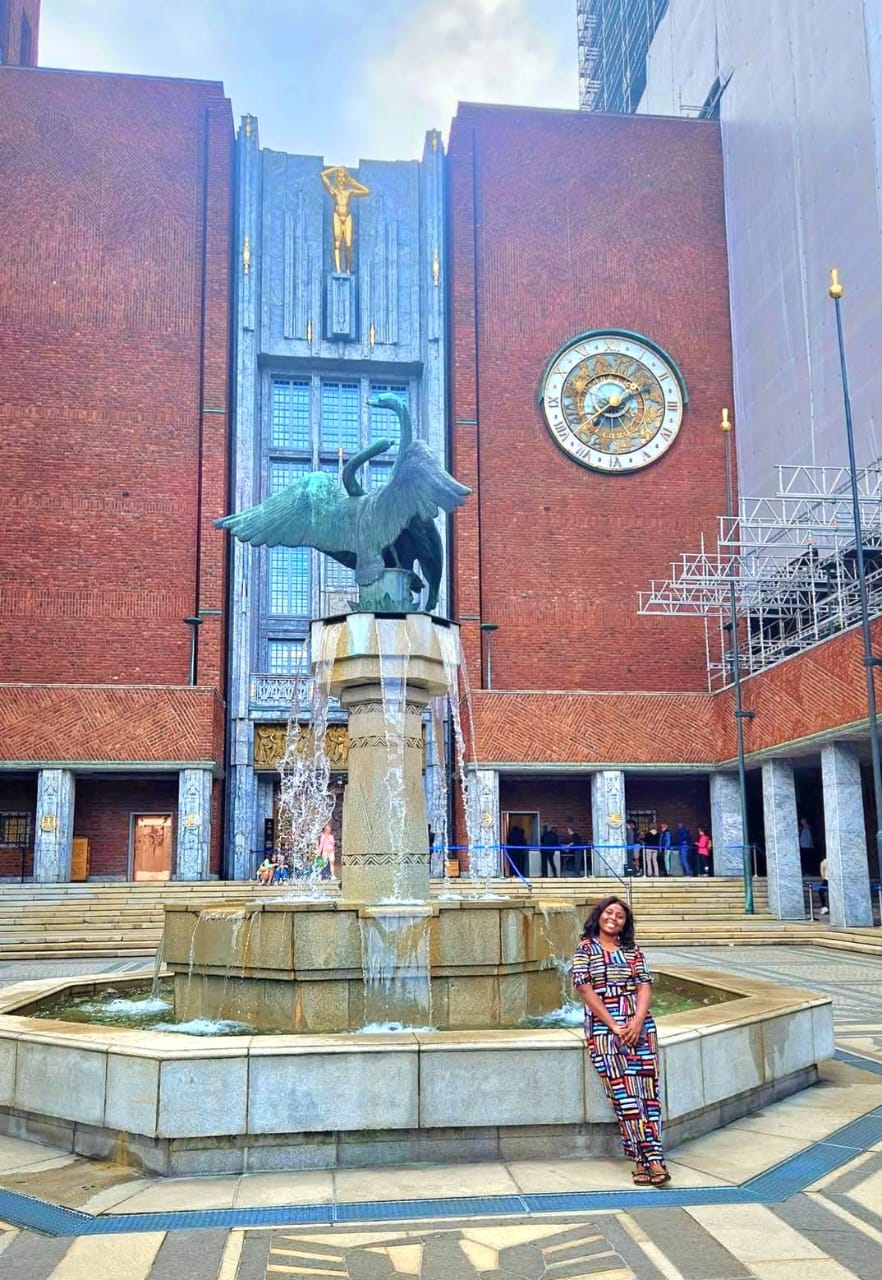
The City Hall is filled with stunning Norwegian art. As you walk through the halls, you can see murals and paintings all telling the story of Norway's rich history and culture. You can see the diversity of artistic expression from a mural depicting life in rural Norway to other forms of art. I would say that the Oslo city hall is a place where peace and diplomacy meet, making it an international symbol of unity. It was inspiring to be in the same venue where recipients of prestigious awards have stood. I hope that you are inspired when you visit too.
The Munch Museum
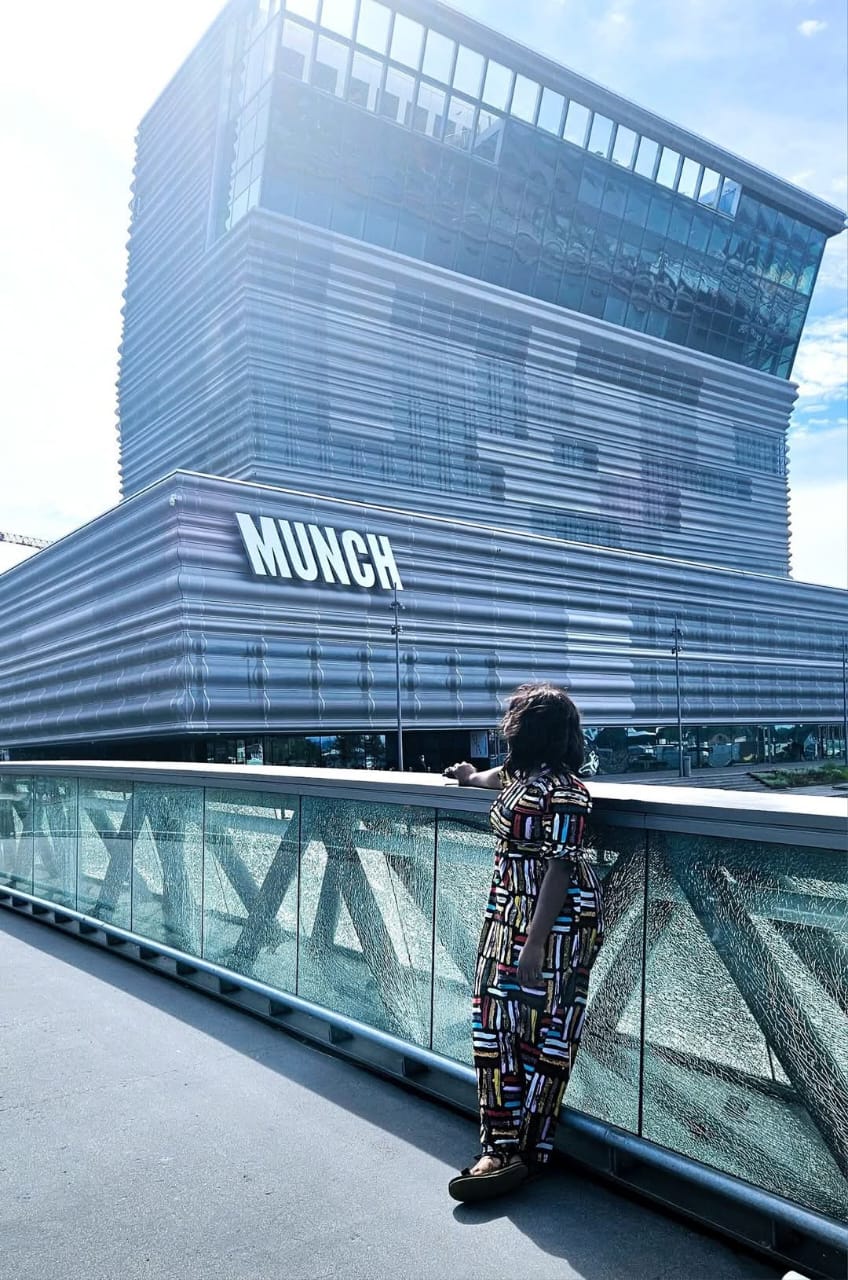
Do you know this popular emoji ? It is a masterpiece of the legendary Edward Munch and you can see this iconic piece of art in the Munch Museum. So, the next time you use this emoji, just know that you have engaged with Norwegian art.
As you step into this museum, you are immersed in Munch’s world of Expressionism, a world of intense colours, curiosity, and, of course, the masterpiece, "The Scream." Fun fact: Do you know that there are several versions of "The Scream"? It’s fascinating to see how one piece of art has become part of mainstream pop culture. Walking through the galleries, you have a sense of Munch’s exploration of themes like anxiety, love, and life’s fleeting moments.
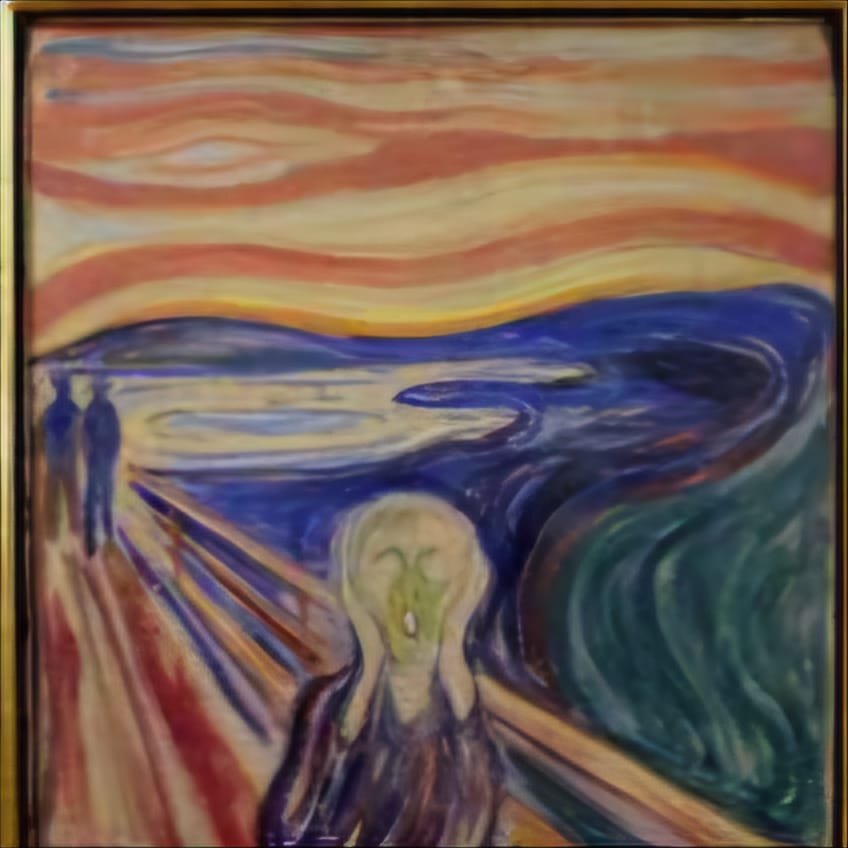
The Munch Museum is dedicated to the life and work of Edvard Munch, Norway’s most famous artist. What is even more remarkable is that Munch donated a significant portion of his artworks to the city of Oslo. These now form the core of the museum's collection.
Vigeland Sculpture Park
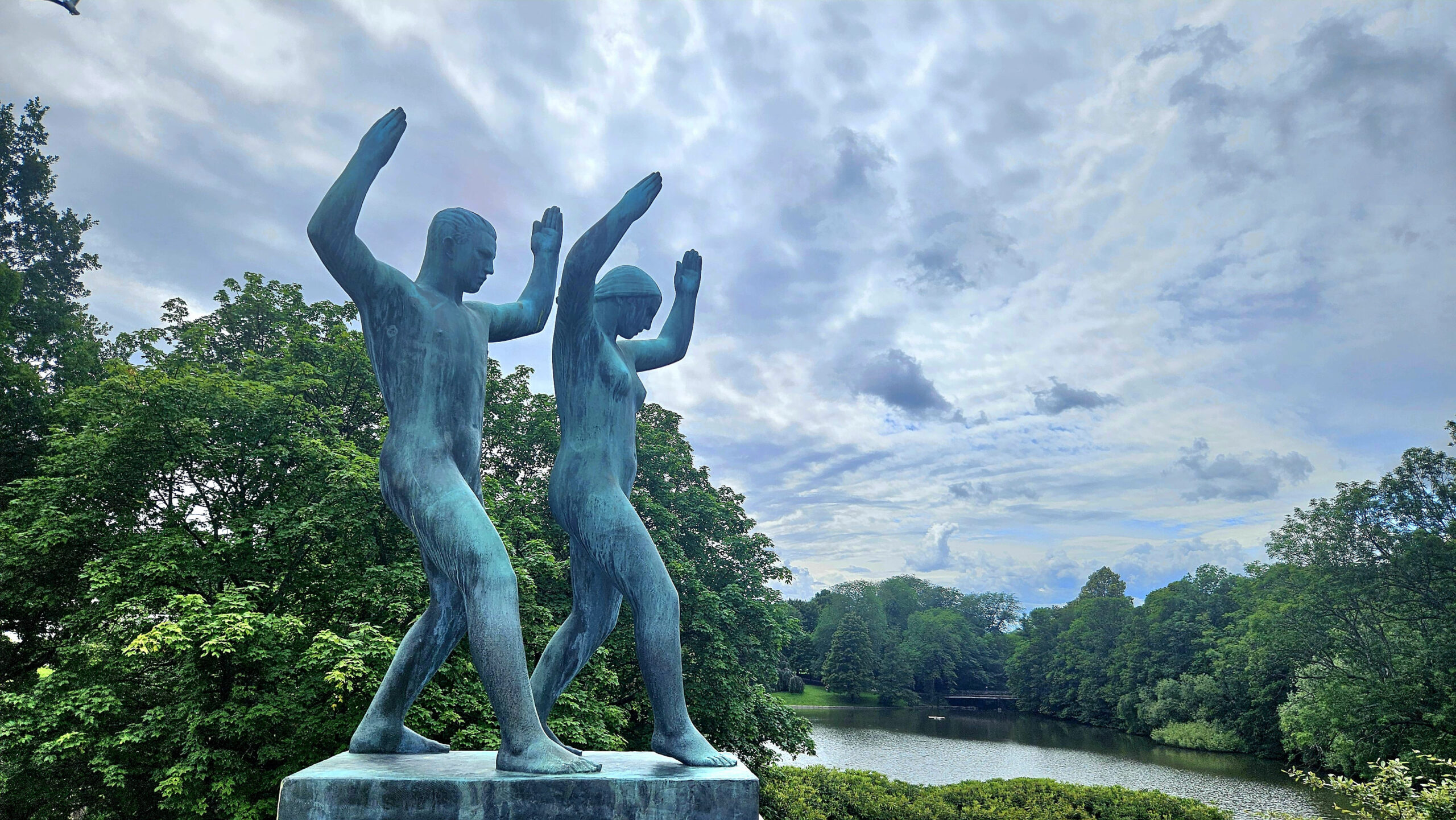
Moving on to another exciting place and things to do in Oslo. This is a place that can leave you speechless. It is the largest sculpture park created by a single artist and the legendary artist is Gustav Vigeland, who poured his heart and soul into these sculptures.
In my opinion, what sets Vigeland’s work apart is its exploration of the human condition. His sculptures tackle universal themes like birth, life, death, and everything in between.
One of the most iconic pieces here is The Monolith. Standing tall, this granite masterpiece depicts 121 human figures intertwined in what looks like a struggle. To me, this sculpture felt like a symbol of humanity’s eternal quest for meaning—our constant striving and yearning. What do you think looking at this sculpture, share your thoughts in the comment session.
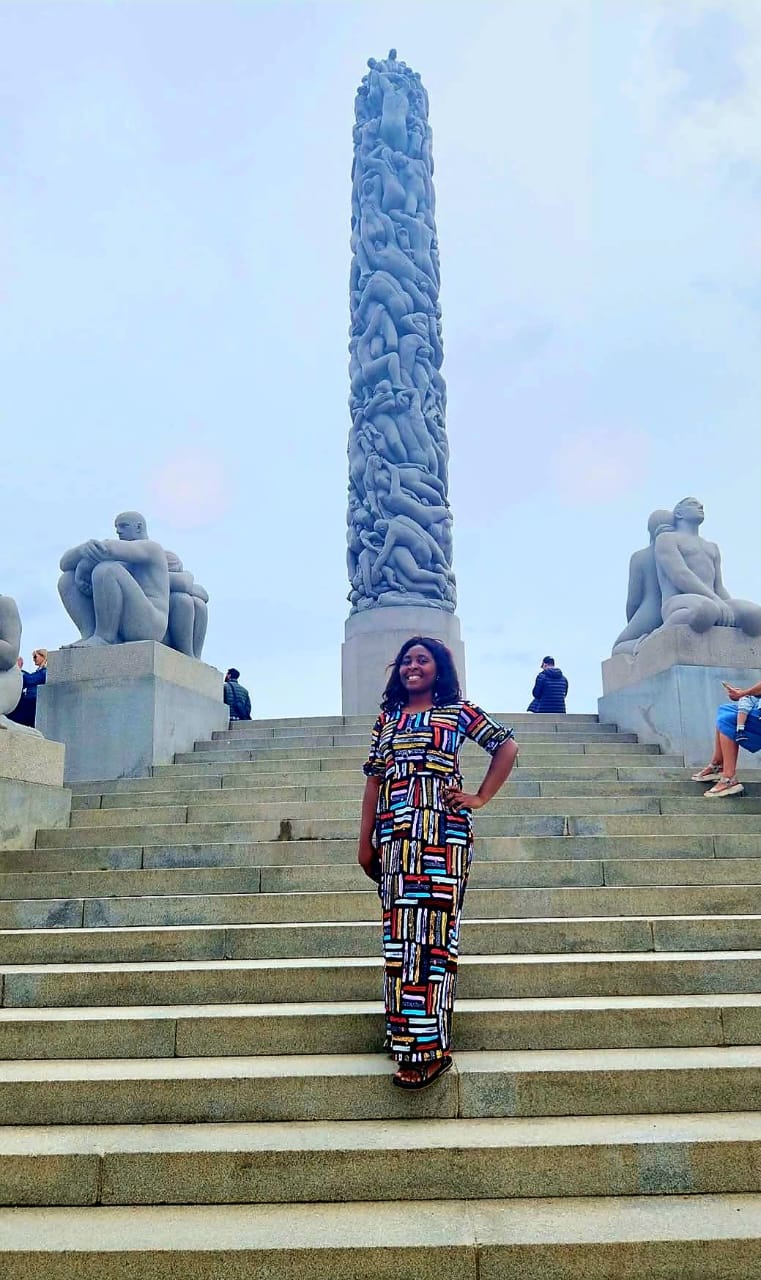
There is also the curious sculpture known by various names like Man Attacked by Babies or "Man Chasing Four Spirits" or Man Chasing Four geniuses. Yes, you heard that right! It’s a humorous yet thought-provoking piece that shows a man resisting four babies. Whether you see them as geniuses, spirits, or just mischievous toddlers, this sculpture never fails to make visitors stop and ponder.
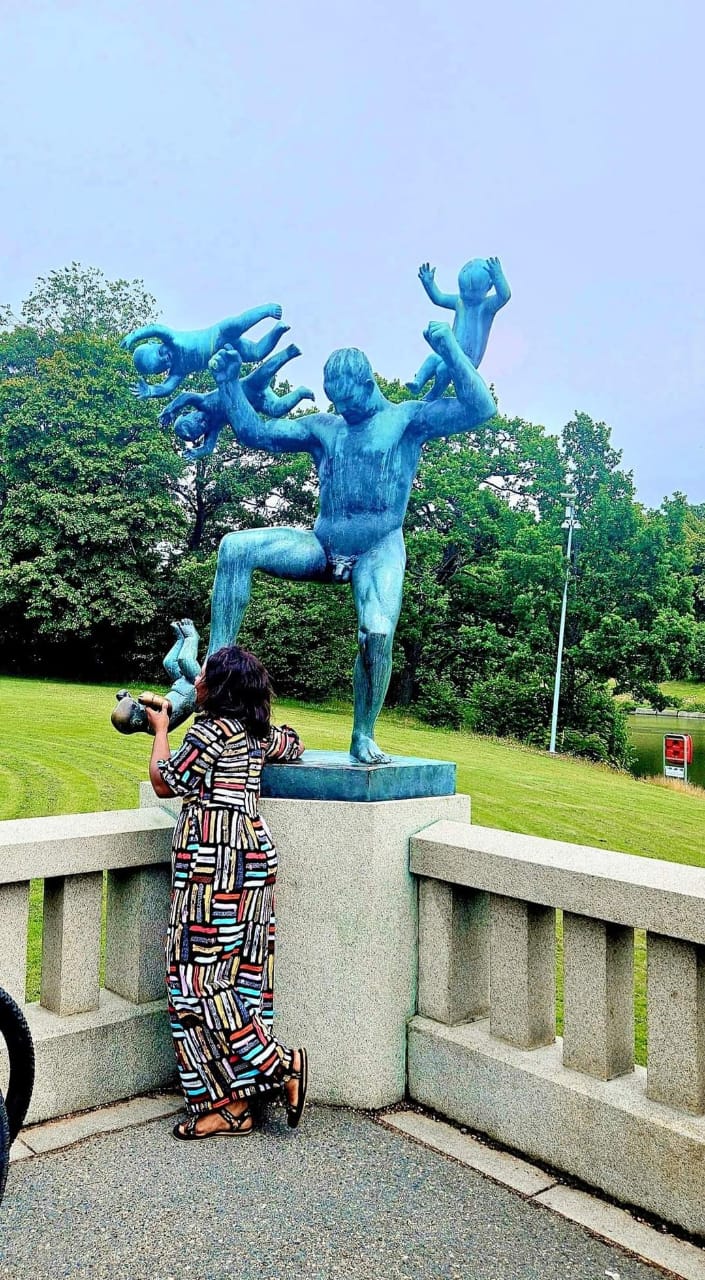
And then there’s The Wheel of Life sculpture, where human figures are locked in a continuous circle, symbolising the cycle of life—birth, growth, death, and rebirth.
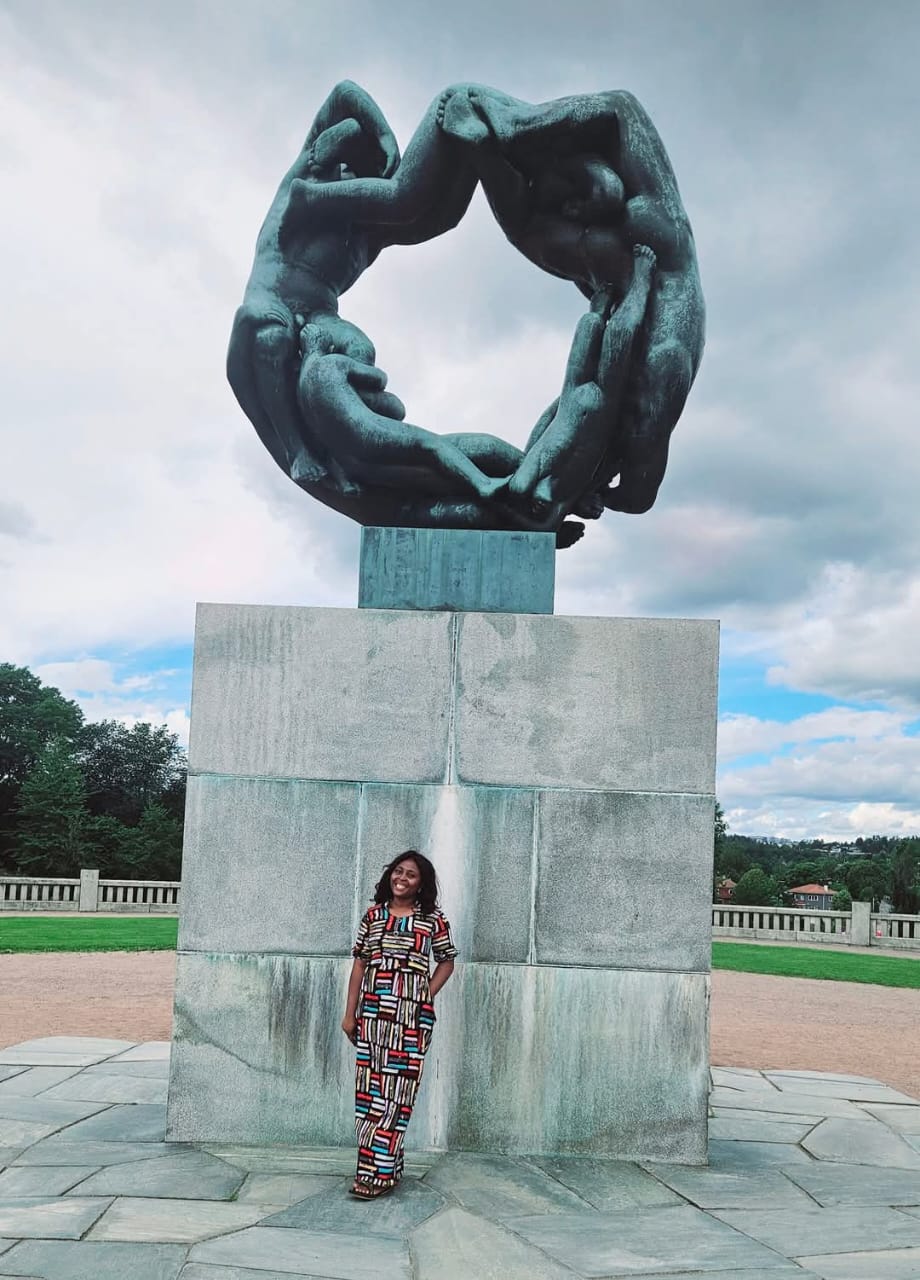
Noteworthy to also mention is the Fountain sculpture, where the flow of water and human figures beautifully captures the relationship between humanity and nature. One thing that you will notice is that Vigeland’s sculptures often depict nude human figures. Why? It is said that Vigeland wanted to strip away any markers of class, nationality, or religion, focusing instead on the shared experiences that unite us all as human beings.
Oslo Opera House
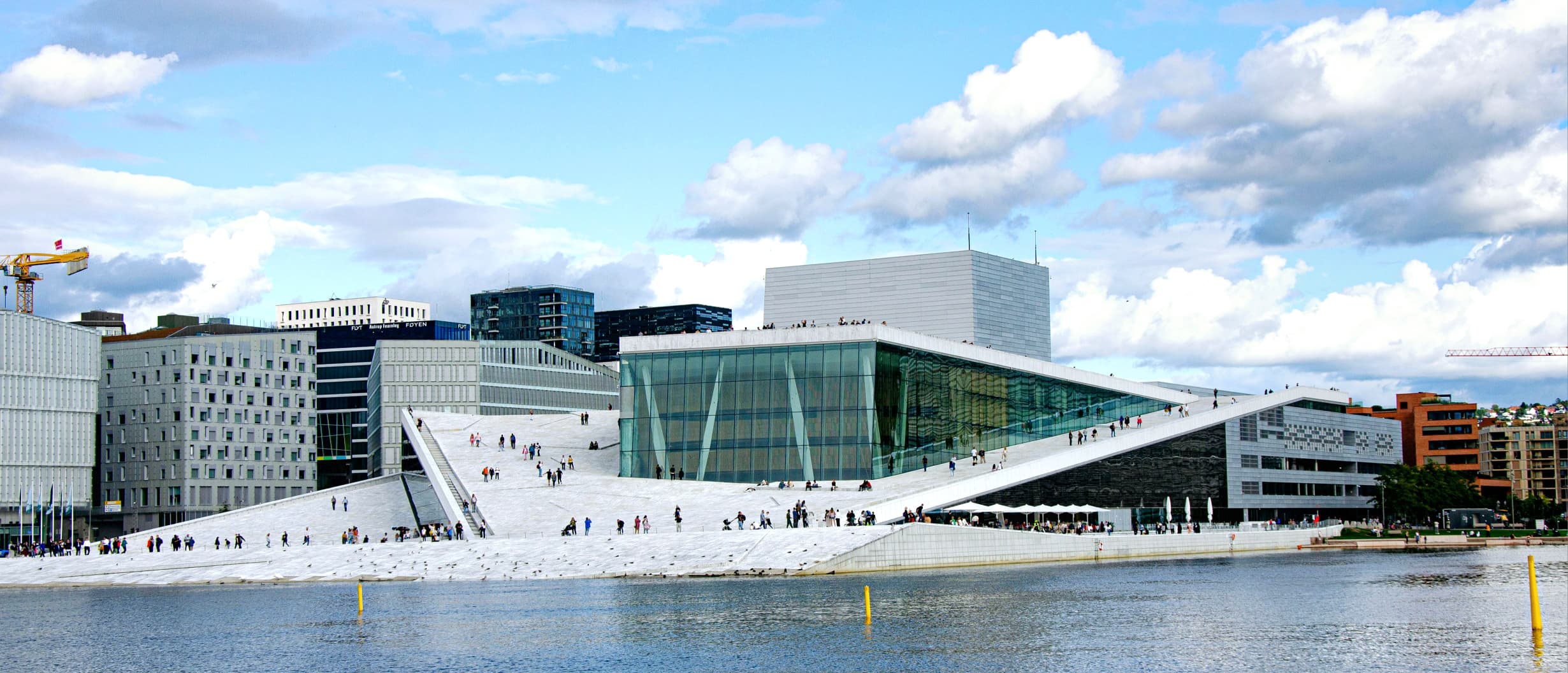

Good
Thank you for reading
Awesome
Thank you for reading
Good
Thank you for reading
Awesome
Thank you for reading
Awesome
Thank you for reading
Good
Thank you👍